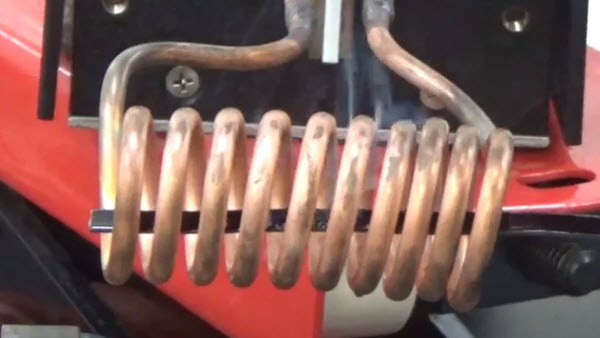Induction Brazing an Aluminum Assembly
Objective A company wanted to assess using induction heating for their aluminum assembly brazing process, and contacted THE LAB at Ambrell to utilize...
Applications
Applications: More
Applications: More

Industries:
Industries: More
Industries: More
Industries: More

Products:
Products: More
Services:
Services: More

Learn:
Learn: More
About:


A client had been using resistance heating for a copper wire coating removal application but wanted to see if induction could deliver faster, more consistent results. So, the client sent their wire samples with a polyamide coating to THE LAB at Ambrell and took advantage of complimentary applications testing.
THE LAB determined that an Ambrell EASYHEATTM 6 kW 150-400 kHz induction heating system with a specially-designed multiple-turn helical coil would be optimal for this application. Testing in THE LAB proved that heating could be completed within seconds with an Ambrell EASYHEAT induction heating system. The heating time and proposed process met the client's requirements.
Induction's speed and repeatability were the primary reasons for considering induction, and they were pleased with the lab results in both regards. Additionally, induction requires significantly less of a footprint than a furnace and it is more energy efficient since only the wire is heated. Finally, induction systems often have lower maintenance costs as there isn't downtime due to required maintenance.
Heating a copper wire for coating removal
Visit our applications laboratory page to learn more about free parts testing from THE LAB at Ambrell. Check out our applications page to see applications notes on other applications that THE LAB at Ambrell has evaluated.

Objective A company wanted to assess using induction heating for their aluminum assembly brazing process, and contacted THE LAB at Ambrell to utilize...

Induction heating is a process that uses electromagnetic fields to heat electrically conductive materials. It has been used in numerous industries...

Induction heating, a process that uses electromagnetic induction to heat electrically conductive materials, is often thought of for large industrial...